Man Full of Trouble Tavern

"Now is the time for drinking" (Horace)
Man Full of Trouble Tavern stands in the heart of historic Philadelphia — it is the only surviving tavern building from pre-Revolutionary Philadelphia. However, as of 1996, it is closed to the public. We take advantage of this space, therefore, to pay homage to the importance of taverns in those formative years of Philadelphia's youth.
The first commercial structure William Penn saw as he touched down in his new town of Philadelphia was the Blue anchor Inn, a tavern and hostel which was under construction in that year of 1682. The Blue Anchor was Philadelphia's first tavern. By the next year, 1683, there would already be six more.
Drinking establishments in Colonial Philadelphia, be they in the form of coffee houses, taverns, or unlicensed "tippling houses," were more than places to drink and dine. Taverns were where the community conducted business, got its news, argued politics, attended concerts and auctions, socialized, or just plain got polluted.
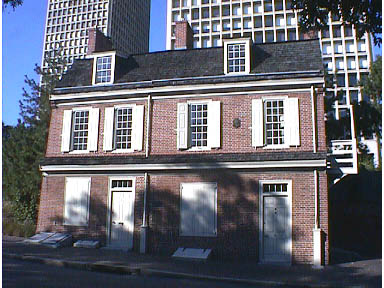
In Philadelphia's early years there were no separate buildings which served as dance halls, theaters, or clubs — taverns, instead, provided all-purpose service. Until the Revolutionary Era, taverns and inns were the largest public buildings in Philadelphia.
Benjamin Franklin's "Junto," as they were called, was a group of civic-minded intellectuals, who initially met at the Indian King Tavern. The Philadelphia Dance Assembly danced the minuet at the City Tavern. The Marines trace their lineage back to Tun Tavern, a waterfront bar where many of the country's first leathernecks mustered in. The First Continental Congress first gathered in 1774 at the City Tavern and then chose to meet at the new Carpenters' Hall, the first large, non-tavern building available to large groups.
Considered upscale were the coffee houses, which sold wine and spirits in addition to coffee, and catered to a mercantile crowd — that era's equivalent of contemporary three-martini businessmen. The most famous of all, the London Coffee House, served as Philadelphia's de facto center for business in the mid 18th-century.
Larger and better taverns, such as the Indian King, were also licensed to sell wine and spirits, and often rented rooms. In these tony taverns, politicos, socialites, and the wealthy would not only drink, but dance, gossip, read newspapers from around the world, or, in the case of the City Tavern — discuss revolution.
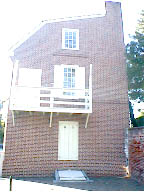
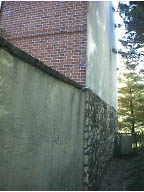
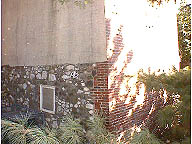

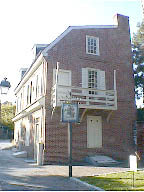
The hoi polloi hung out at tippling houses and not-so-fancy taverns. A tippling house was an unlicensed tavern providing strong drink and strong entertainment. Those who covered the waterfront — sailors, stevedores, and stewbums — were chiefly counted among the clientele.
The humbler taverns were licensed to dispense beer and cider only. One such tavern was the Man Full of Trouble built on the banks of the Little Dock Creek which has long since been filled in and lost to view. When the tavern opened, however, it was located in an area where shipwrights, dockhands, and cordwainers clustered — and patronized this inn.
Also patronizing the inn were sailors who dropped anchor for short stays in Philadelphia and who would likely head toward an establishment like the Man Full of Trouble Tavern. Located hard on the waterfront, the tavern offered a tar the promise of a warm beer, a warm meal, and a warm bed. The tavern had rooms for travelers in the second floor attic. Part of the reason the bed would be warm was that the men off the ships often slept four to a mattress.
Drinking and dining, smoking and joking, were done on the ground floor. The cellar, which contained the kitchen and was used for storage, was also where the maids and the hired men slept on cots — very 18th-century communal.
Over two centuries later, the Man Full of Trouble Tavern endures, but only having gone through many incarnations. After seeing life as B. Naylor's Hotel and ultimately as a wholesale chicken market, to name just a couple, the Man Full of Trouble, built in 1759, was refurbished starting in 1963, making it downtown Philadelphia's only pre-Revolutionary tavern to survive to the present era.
In 1966, a group of students from a historical sites archaeology class at Pennsylvania University looked for artifacts from the tavern's past, by sifting through the detritus left beneath a brick drain in the Man Full of Trouble's cellar.
Numerous fragments of tobacco pipes and Delftware were found, in addition to coins, pieces of turtle shells, combs, shoe buckles, and toys. Surprisingly, they found a shortage of shards from broken glasses; however, the practice of the day would have it that drinks were poured into leather cups, pewter mugs, or wooden vessels, and rarely into glass. This gave the tavern's proprietor a better chance to break a profit, in an age when broken tumbler glass could economically break said proprietor.
By examining city records, it was found that the original building owner was one Michael Sisk and the original tavern-keeper who rented from him, a Joseph Beeks.



